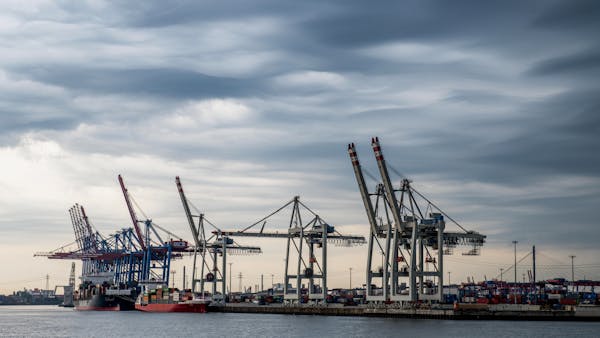Shipping Oil Absorbent Paper from Guangzhou/Shenzhen to India – CIF 20FT/40FT FCL & LCL Ocean Freight
Ocean Freight Options: FCL & LCL
FCL (Full Container Load):
- For larger shipments of oil absorbent paper, a 20FT or 40FT container can be used. FCL shipments provide a dedicated space for your goods, ensuring quicker transit times, higher security, and lower risk of damage.
- CIF (Cost, Insurance, and Freight) is the standard Incoterm for this shipment type, meaning that the seller covers the cost of goods, shipping, and insurance until the goods reach the port in India.
LCL (Less-than-Container Load):
- For smaller shipments, LCL is the ideal solution. This allows for cargo consolidation, where your goods are packed in the same container with goods from other exporters. LCL is more cost-effective for shipments that do not fill an entire container.
- The ocean freight transit time for both FCL and LCL shipments is approximately 13 days from Guangzhou/Shenzhen to ICD Garhi Harsaru. However, LCL shipments may require additional time for consolidation and deconsolidation at the port.

Packaging of Oil Absorbent Paper
Oil absorbent paper is a sensitive product, and proper packaging is crucial to prevent damage during transit. The packaging process for oil absorbent paper is as follows:
Individual Wrapping:
- Each roll of absorbent paper should be tightly wrapped in plastic film to protect it from moisture, dust, and environmental contaminants. This ensures the paper retains its absorbent qualities and remains clean during transport.
Cardboard Boxes:
- After individual wrapping, the rolls are placed into sturdy cardboard boxes. This provides structural support and makes handling easier. The boxes should be properly sealed with adhesive tape and labeled with shipping and handling instructions.
Palletization:
- For FCL shipments, the boxes are typically stacked onto wooden pallets for ease of handling and to minimize damage during loading and unloading. Pallets also prevent the boxes from coming into direct contact with the floor or water during transit.
- For LCL shipments, cargo is consolidated at the warehouse and carefully loaded into the shared container to avoid shifting and potential damage.
Shipping Marks:
- Each box should have clear shipping marks indicating the contents (e.g., “Oil Absorbent Paper”), destination, and handling instructions like “Keep Dry” or “Fragile.” This helps ensure proper treatment during transit.
Container Loading:
- For FCL, the containers are loaded in a manner that ensures cargo stability. Heavy boxes should be loaded at the bottom, with lighter boxes on top, to prevent crushing.
- In LCL, goods are securely packed with other shipments, and space is utilized efficiently to minimize the risk of damage.



